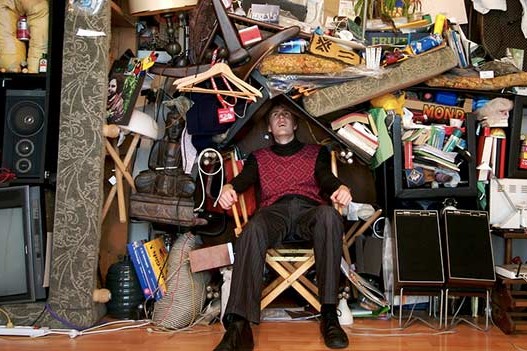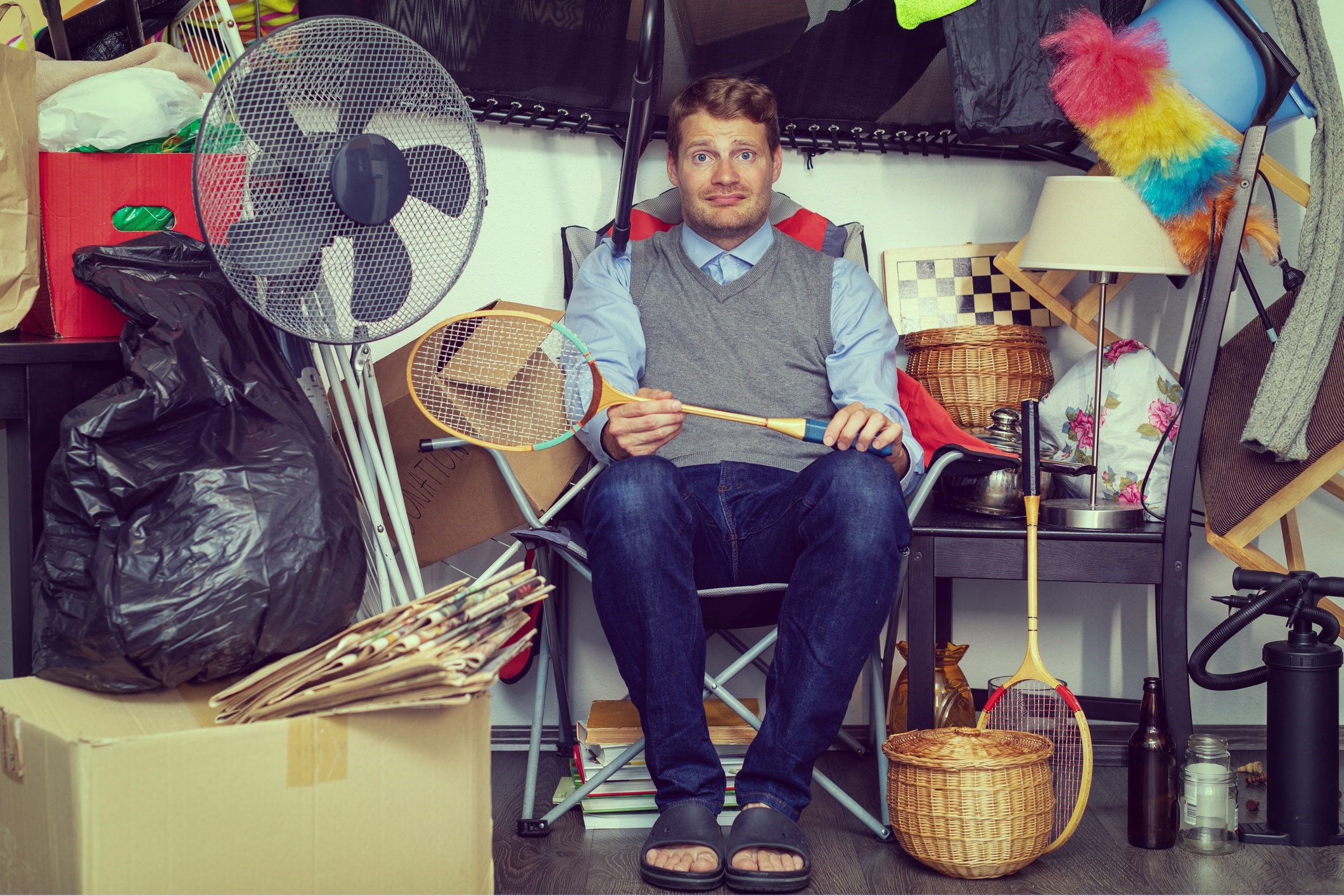
Hoarding objects: signs not to be underestimated in dysphobia (hoarding disorder)
Letting go of objects, memories and people is not always easy. There are cases in which this difficulty becomes dysfunctional, to the point that it results in a pathological tendency to hoard
This condition is known as hoarding disorder or disposofobia
Hoarding tendency: what are the causes?
From an evolutionary point of view, setting aside resources for ‘lean’ times is a practice that promotes survival and offers value from a physical point of view even before the mental one.
Keeping things for oneself is completely normal, as is collecting or hoarding objects and memories.
There are cases, however, when this attitude becomes pathological, i.e. when the need to acquire these possessions – without using them or throwing them away – translates into a heavy limitation of everyday activities, starting with hygiene, cleaning of spaces, and rest.
Those who suffer from disposophobia tend to accumulate without restraint, and do not seem to care that the accumulation itself reduces or even prevents getting around the house.
Why getting rid of objects can be difficult: disposophobia
In pathological cases of hoarding compulsion, a fear of throwing away what one collects develops.
There is a tendency to tell oneself that everything might turn out to be useful tomorrow because it might increase its economic or emotional value.
This thought can become a guide that leads straight to hoarding.
The main risk of becoming tied to objects, situations and memories occurs when this reduces the space for future opportunities.
Individuals with hoarding disorder perceive a strong emotional attachment to objects and feel the need to maintain a presumed form of control over them, so much so that they do not accept anyone touching or throwing them away.
Just thinking about what to get rid of generates anxiety and anguish in these people; the transition from thought to action is never actually implemented either for fear of making the wrong decision or because of the inability to detach themselves from the objects, even if they are then abandoned in the decay that often surrounds the sufferer.
Tendency to hoarding: alarm bells
There may be certain signs that family members may notice that may be sufficient to refer to a specialist:
- presence of family arguments caused by excessive ‘things in the house’ that generate clutter;
- excessive tendency to stockpile
- difficulties in the financial management of the home;
- tendency to procrastinate in tidying up behaviour; and
- reduction in social relationships to the point of withdrawal.
Early intervention makes it possible to prevent the aggravation of sub-threshold clinical conditions that over time may even come to compromise the psychological well-being of a person and their family members.
How to intervene in the case of dysphobia (hoarding disorder)
In the case of hoarding disorder, an external intervention, such as a cohabitant who decides to physically empty the house, is not helpful and, on the contrary, triggers adverse reactions in the sufferer.
Although this condition entails clinically significant discomfort for the patients, family members are the ones who usually request intervention, precisely because they often experience the effects of these behaviours themselves.
Cognitive behavioural therapy appears to be the treatment of choice: part of the therapy should include a psycho-educational phase for the patient, so as to promote greater awareness of the illness, but also for his or her family members.
It is also essential to be able to make people understand the presence of a biological component in the origin of this disorder: in this way one can try to redeem, at least in part, the negative image of the patient that has often been structured over time.
A good intervention must start from the development of a solid therapeutic alliance between the subjects involved, which will make it possible to build a targeted pathway with shared goals.
Accumulation: the main objectives of a therapeutic pathway
A therapeutic pathway in the case of an accumulation tendency
- makes it possible to intervene on the patients’ dysfunctional accumulation-related beliefs;
- involves an increase in illness awareness (insight) and one’s own dysfunctional behaviour;
- develops decision-making skills;
- plays a role in the management and prevention of the impulse to hoarding;
- intervenes in family relationships.
Read Also:
Emergency Live Even More…Live: Download The New Free App Of Your Newspaper For IOS And Android
What You Need To Know About Substance Use Disorder
Seasonal Depression Can Happen In Spring: Here’s Why And How To Cope
Intranasal Ketamine For The Treatment Of Patients With Acute Pain In ED
Delirium And Dementia: What Are The Differences?
The Use Of Ketamine In Pre-Hospital Setting – VIDEO
Ketamine May Be Emergency Deterrent For People At Risk Of Suicide
Everything You Need To Know About Bipolar Disorder
Drugs To Treat Bipolar Disorder
What Triggers Bipolar Disorder? What Are The Causes And What Are The Symptoms?
Body Integrity Identity Disorder (BIID): Wanting To Be Disabled



